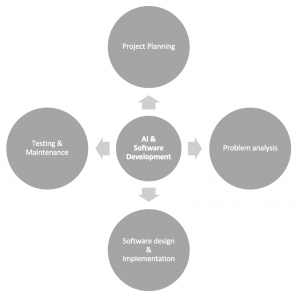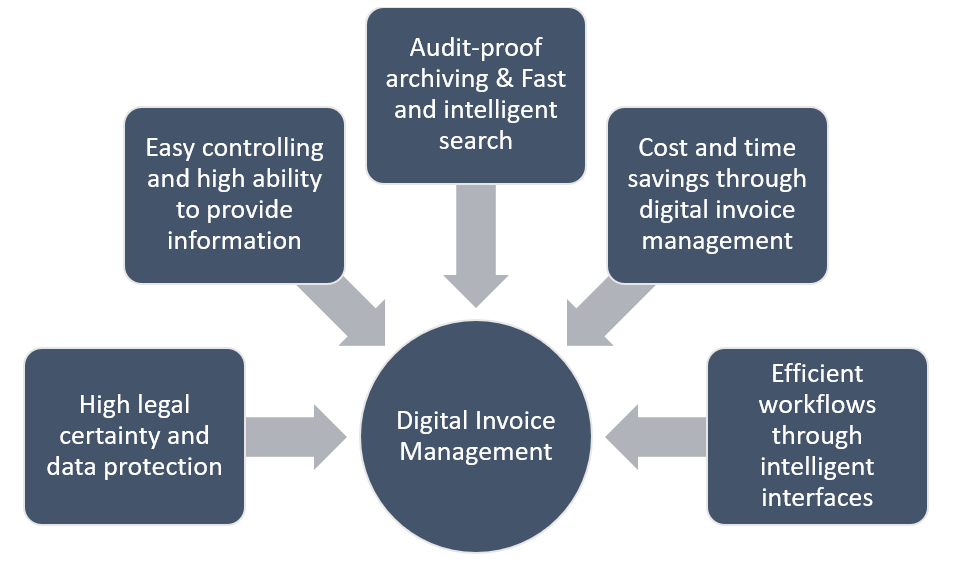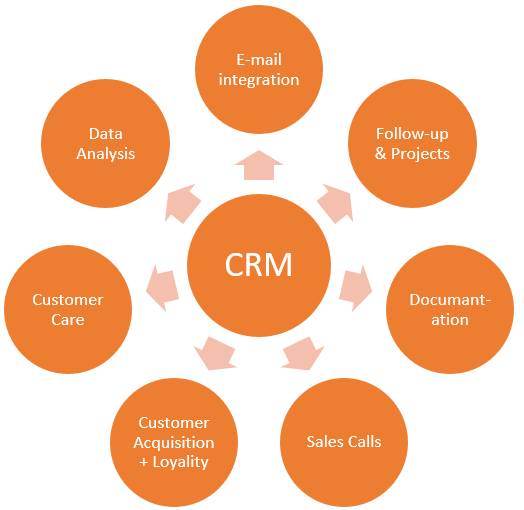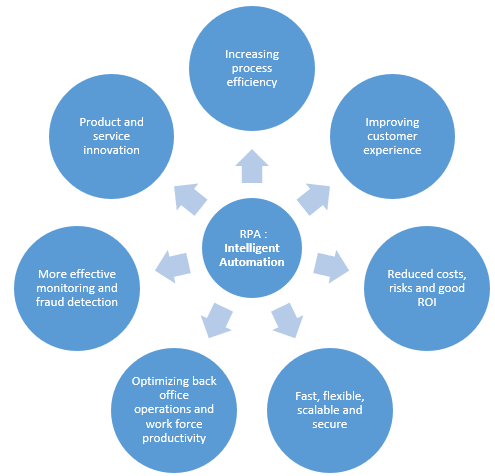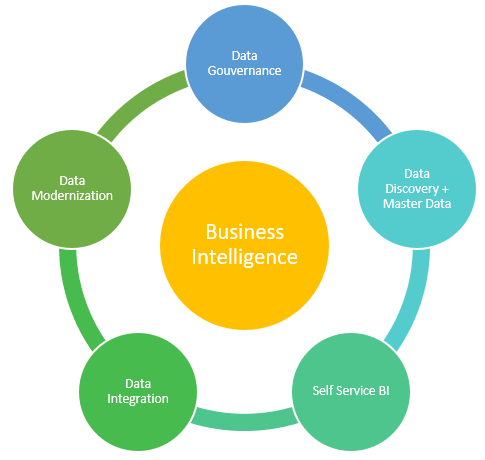How Technology can Enhance and Elevate Business & Employee Performance?
Technology has been advancing at an ever-increasing rate over the past few decades, and it has had a profound impact on how we live our lives. It’s no wonder, then, that technology is also having a huge impact on performance and enhancingperformance in both individuals and teams. Nowadays, the high level of performance is achieved by automating repetitive tasks, providing real-time feedback and analysis, facilitating communication and collaboration, enabling remote work, increasing efficiency and accuracy, and providing access to a wealth of information and resources. Additionally, emerging technologies such as artificial intelligence and machine learning are continuously helping to optimize and streamline complex processes & operations and decision-making leading to better outcomes and increased productivity within companies.
Below are the most common technologies that are used to enhance business performance, including:
- Cloud computing: Provides access to on-demand computing resources, allowing businesses to scale up or down quickly, reduce costs, and increase flexibility.
- Big data analytics: Is helping businesses make more informed decisions by analyzing large data sets to identify trends and patterns.
- Artificial intelligence and machine learning: Helping business to automate routine tasks, make predictions, and optimize processes to improve efficiency and productivity. If integrated correctly, AI and AL can play a significant role in performance enhancement by analyzing vast amounts of data to identify patterns and insights to make predictions that humans may not be able to detect. For example, AI and ML can be used to optimize manufacturing processes, predict equipment failures, and analyze customer behavior to improve marketing strategies.
- Internet of Things: These technologies are used to collect and analyze data from connected devices, providing insights into performance and enabling proactive maintenance.
- Customer relationship management software: CRM software can help businesses manage customer interactions, improve customer service, and identify new opportunities for growth.
- Collaboration and communication tools: These tools can help teams work together more effectively, whether they are in the same office or working remotely.
By leveraging these technologies, businesses can streamline processes, increase efficiency, and gain a competitive edge, resulting in increased revenue, profitability, and customer satisfaction.
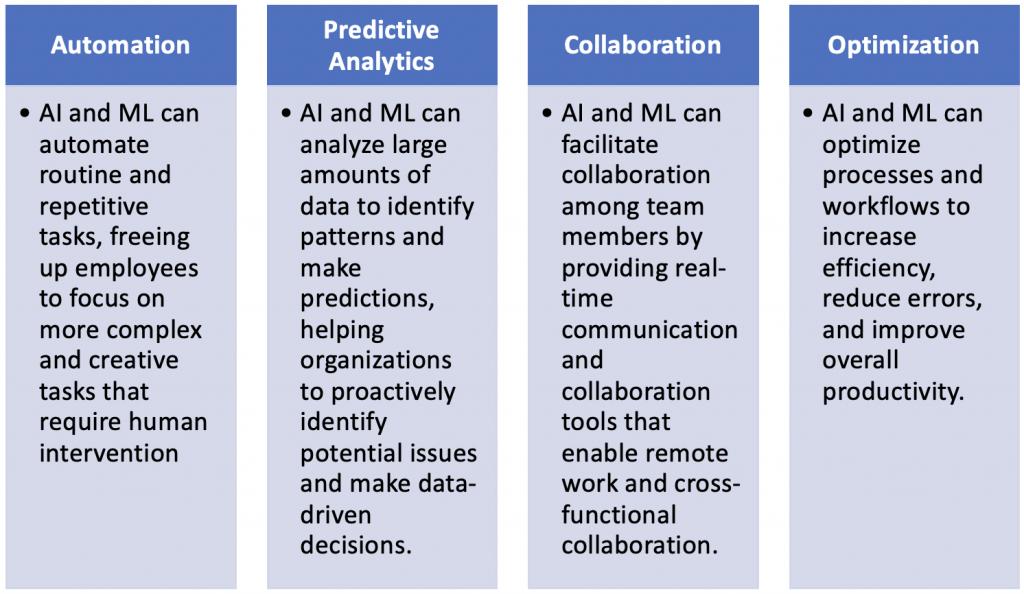
Let’s now have a look on the most common technologies that are used to boost employee performance, these include:
- Performance management software: This type of software can help track employee progress, set goals, and provide feedback and coaching to improve performance.
- Learning management systems: These systems can help employees acquire new skills and knowledge through online courses, webinars, and other forms of e-learning.
- Employee engagement platforms: These platforms can provide a forum for employee feedback, recognition, and collaboration, helping to increase employee motivation and satisfaction.
- Data analytics and reporting tools: These tools can help managers track key performance metrics, identify areas for improvement, and make data-driven decisions.
- Collaboration and communication tools: These tools can enable employees to work together more effectively, whether they are in the same office or working remotely.
- Personal productivity tools: These tools can help employees manage their time and tasks more efficiently, reducing stress and improving work-life balance.
By leveraging these technologies, organizations can create a more engaging, productive, and efficient work environment, resulting in higher employee satisfaction, retention, and overall business performance.

